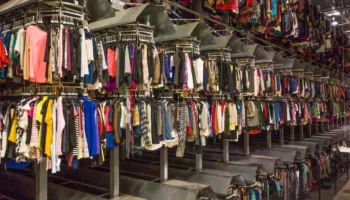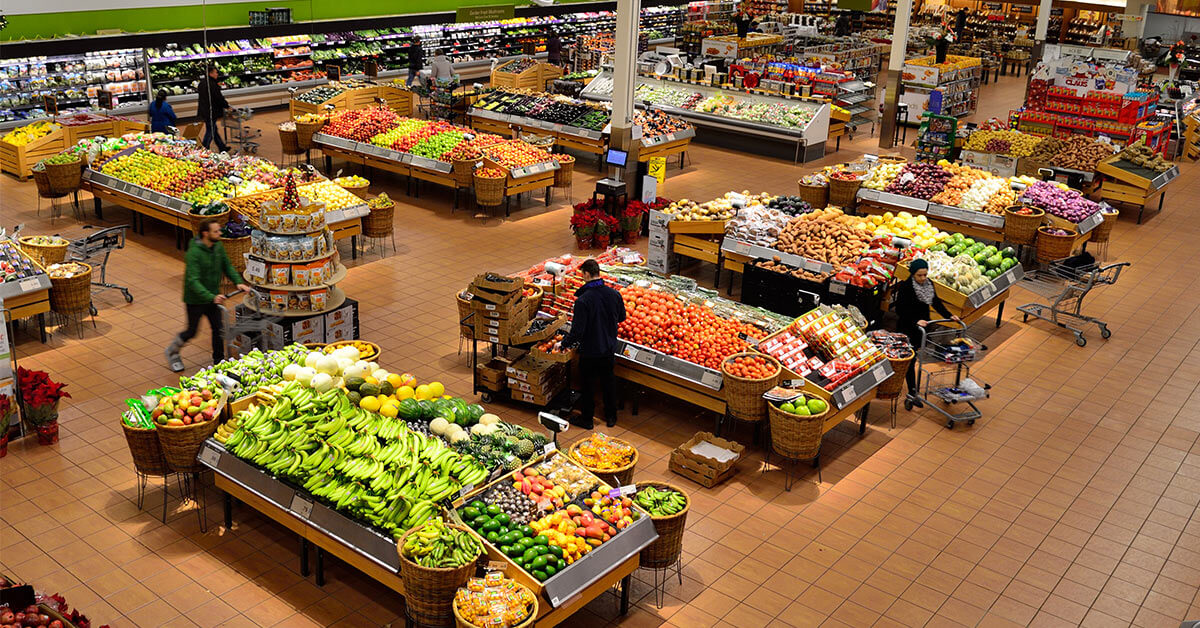description:
Fast fashion has radically transformed the textile industry. These days, 56 million tons of clothing are sold every year.
But cheap garments come at a high price: A precarious existence for workers and a catastrophic environmental impact.
The clothing industry is currently deluging the planet with garments. With 100 billion items produced every year, that’s more than ever before. International companies are locked in an ongoing race to create new styles and win higher profits. And this gigantic expansion is set to continue: The sector is forecast to grow by 60 per cent by 2030.
On the one hand, fast fashion means affordable clothes for all. Zara is known as the original fast fashion brand. The Spanish clothing giant creates 65,000 new styles every year.
Shopping for clothes has become a veritable leisure activity stoked by social media: half of all Instagram posts are related to fashion and beauty. This is how market leaders in fast fashion influence their customers’ buying behavior, backed by relevant neuromarketing specialists.
Fast fashion profits from e-commerce. No more trying on clothes in the store, the customer orders online and has the garment delivered – and if they don’t like it, they just send it back. Throwaway clothes and throwaway work: carried out by an army of couriers within the precarious gig economy.
The textile industry is the sector with the world’s second-highest environmental price tag. Fast fashion manufacturers’ favorite material – viscose made from wood fibers – is marketed as a climate-friendly alternative. But producing this fabric uses a whole range of chemicals. This leads to serious health issues, not only for those working in the factories, but also for people living close by, for example in the Indian state of Madhya Pradesh.
Every year in Europe, four million tons of clothing ends winds up in the trash. Less than one per cent of this is recycled. The fashion industry likes to parade its sustainability credentials, but the reality is quite the opposite.










